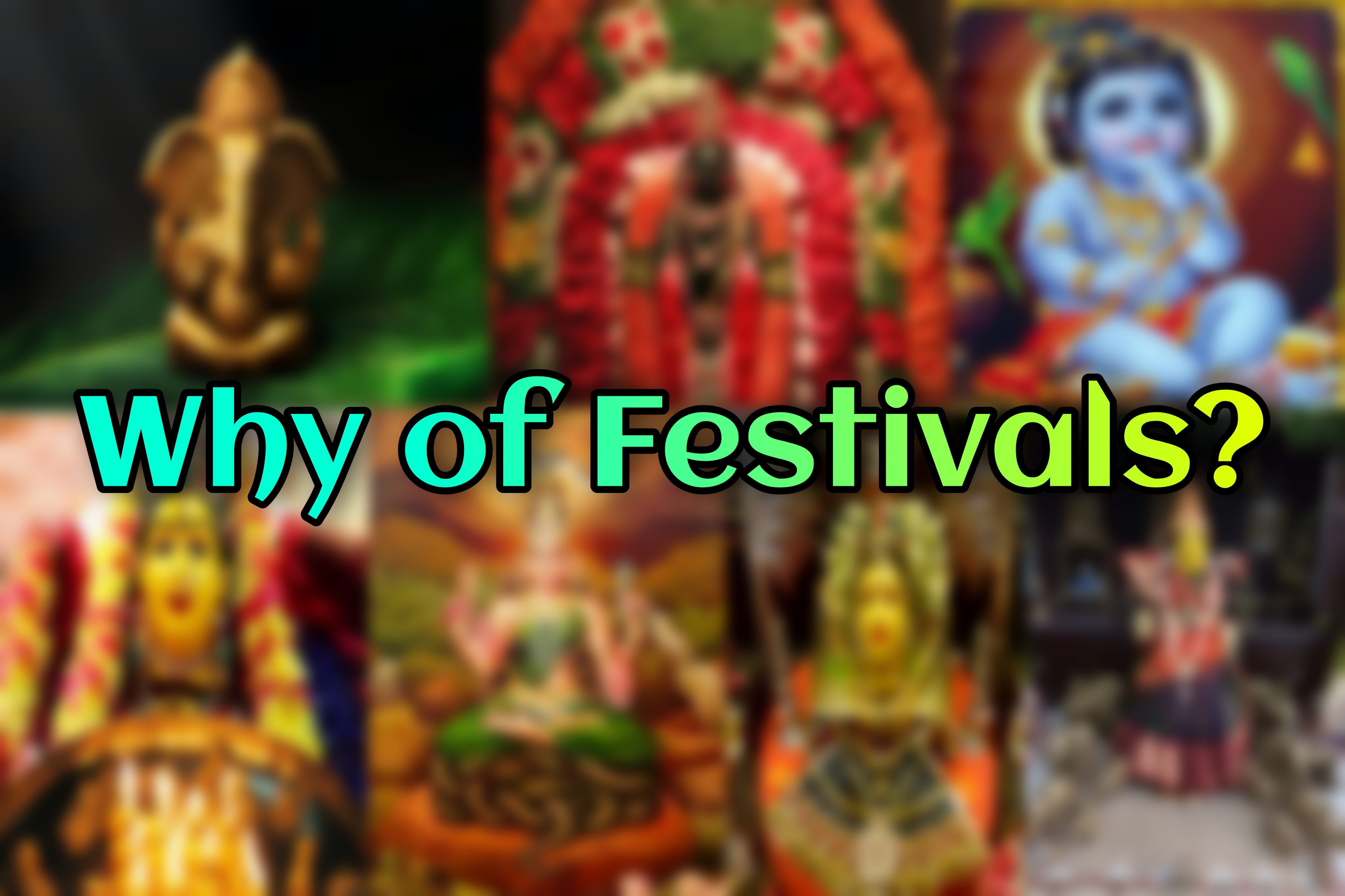
The festival season was a moment of joy for the kids at home. It meant that there was something to eat at home. The elders would ensure that the concept behind these festivals were transferred to the next generation. Modern education began to disrupt the transfer of tradition from one person to the other. Youngsters became the biggest losers. The reason behind traditions were replaced by superstitions. They started feeling that there was a disconnect in the scheme of things.
Elders and their experiences had not been documented properly. The causes for this decay have been many and this included colonial rule and wanton destruction of the native economy and knowledge for more than a century. Therefore, it becomes the duty of the present custodian of traditions to empower rest of the citizens. In short, we must understand that the custodians amongst us are just trustees. The job of the trustees are to transfer the trust of tradition from one generation to another.
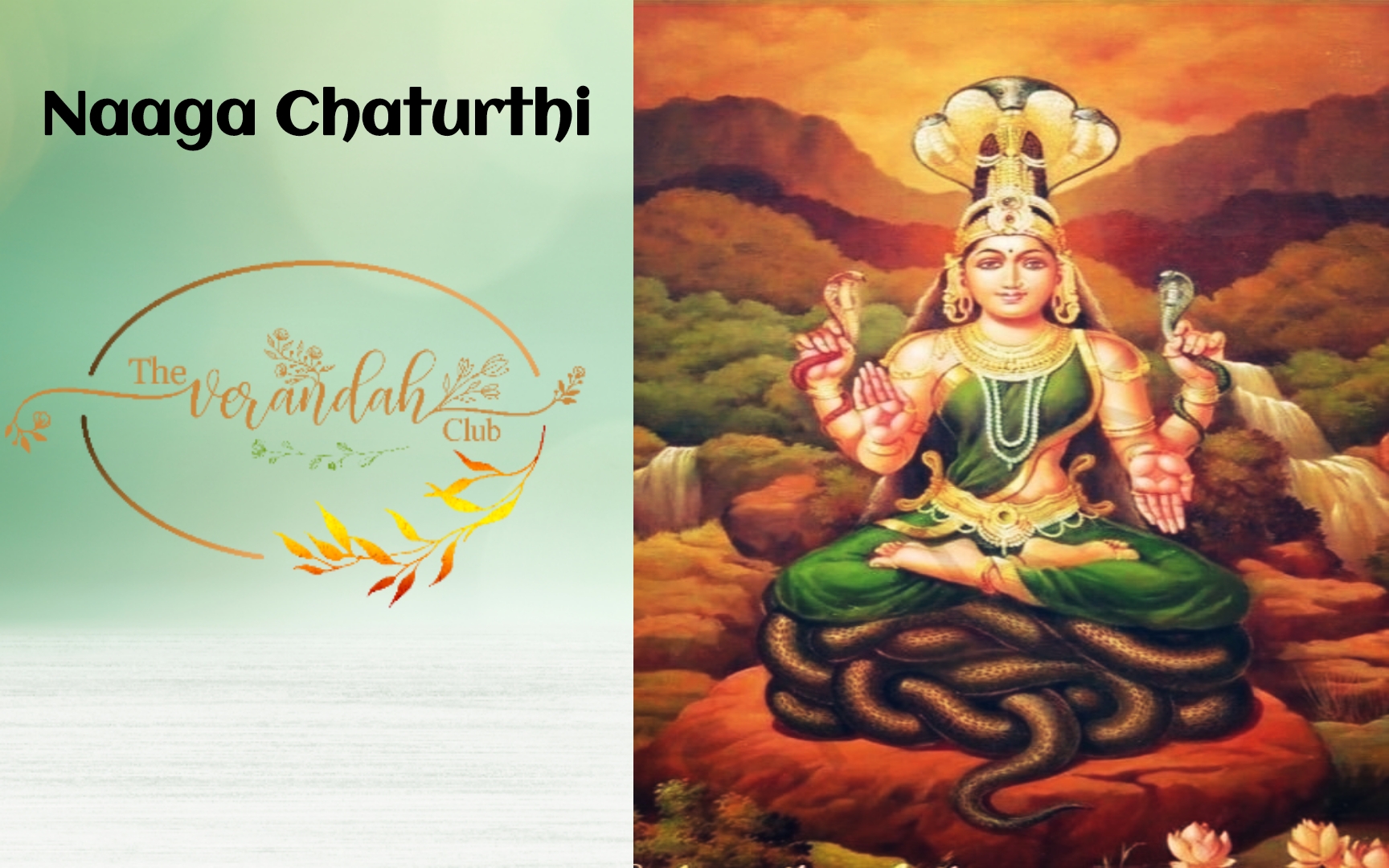
Let us now understand the why of these festivals. Our ancient culture and commerce were based on habits, geography, climatic conditions, and faith. The festivals and celebrations were based on the points mentioned here. Celebrations and ceremonies brought in commerce and works for the craftspeople. The cycle of festivals brought in opportunities to all the cross-sections of the society. This natural evolution of art and craft lead to commercial excellence. Therefore, this resulted in India becoming a global economic super power.
The Tamil month of Aadi, ushers in a number of Vratas. It begins with Naaga Chaturthi. This festival helps us to focus on etiquette within the family. This festival would remind one of the famous play, ‘Taming of the Shrew'. The ones who observe Naaga Chaturthi are made aware of the consequences of bad behaviour.
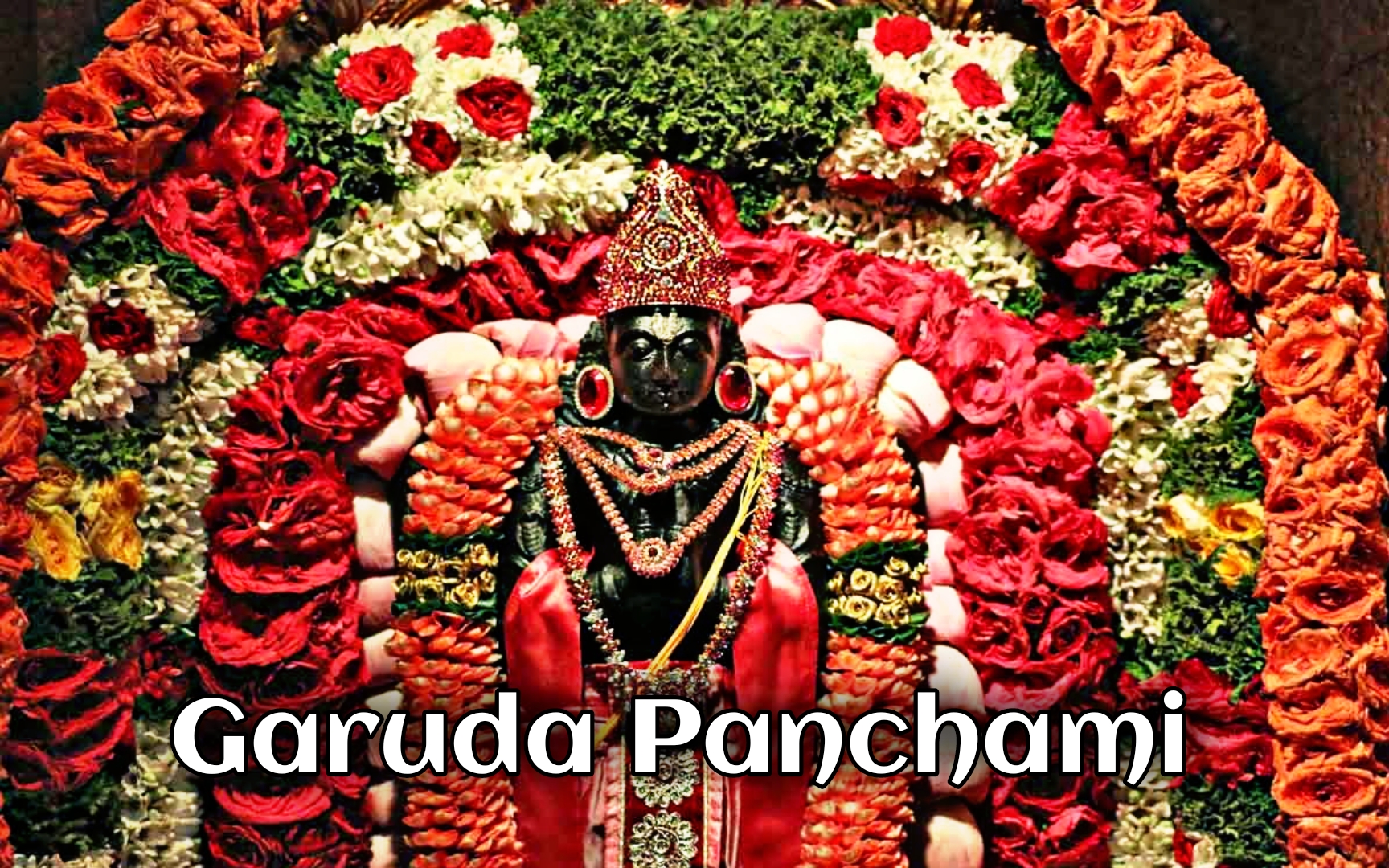
Garuda Panchami teaches one to be nice to the siblings. The consequences of jealousy, and haste can be understood through the tale connected with this festival.
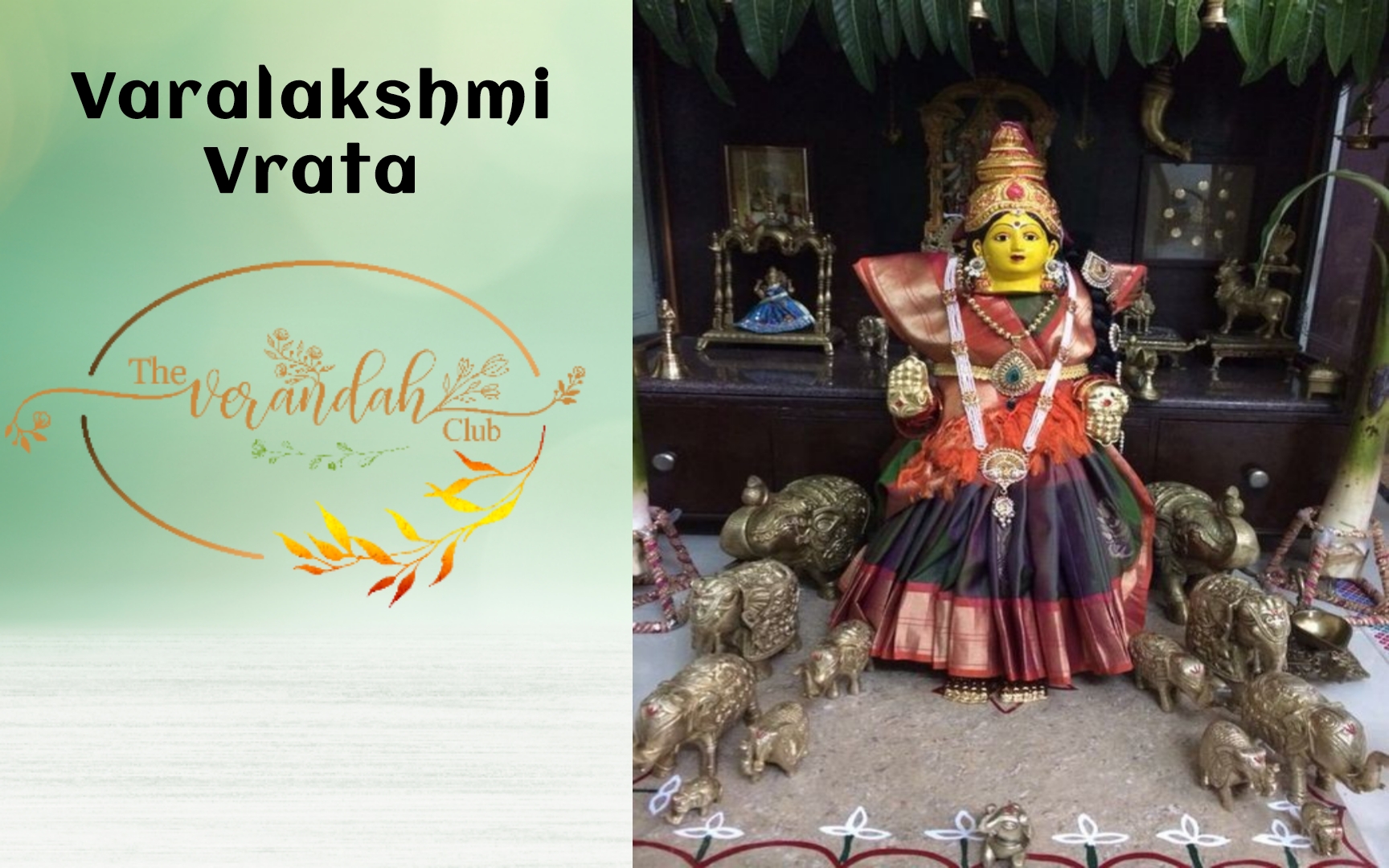
Varalakshmi Vrata helps the family to focus on the financial wellbeing of everyone. The elaborate preparation and observance is to ensure all round prosperity. Purchase of flowers, fruits, and giving gifts to visitors add to the general wellbeing of the local community.
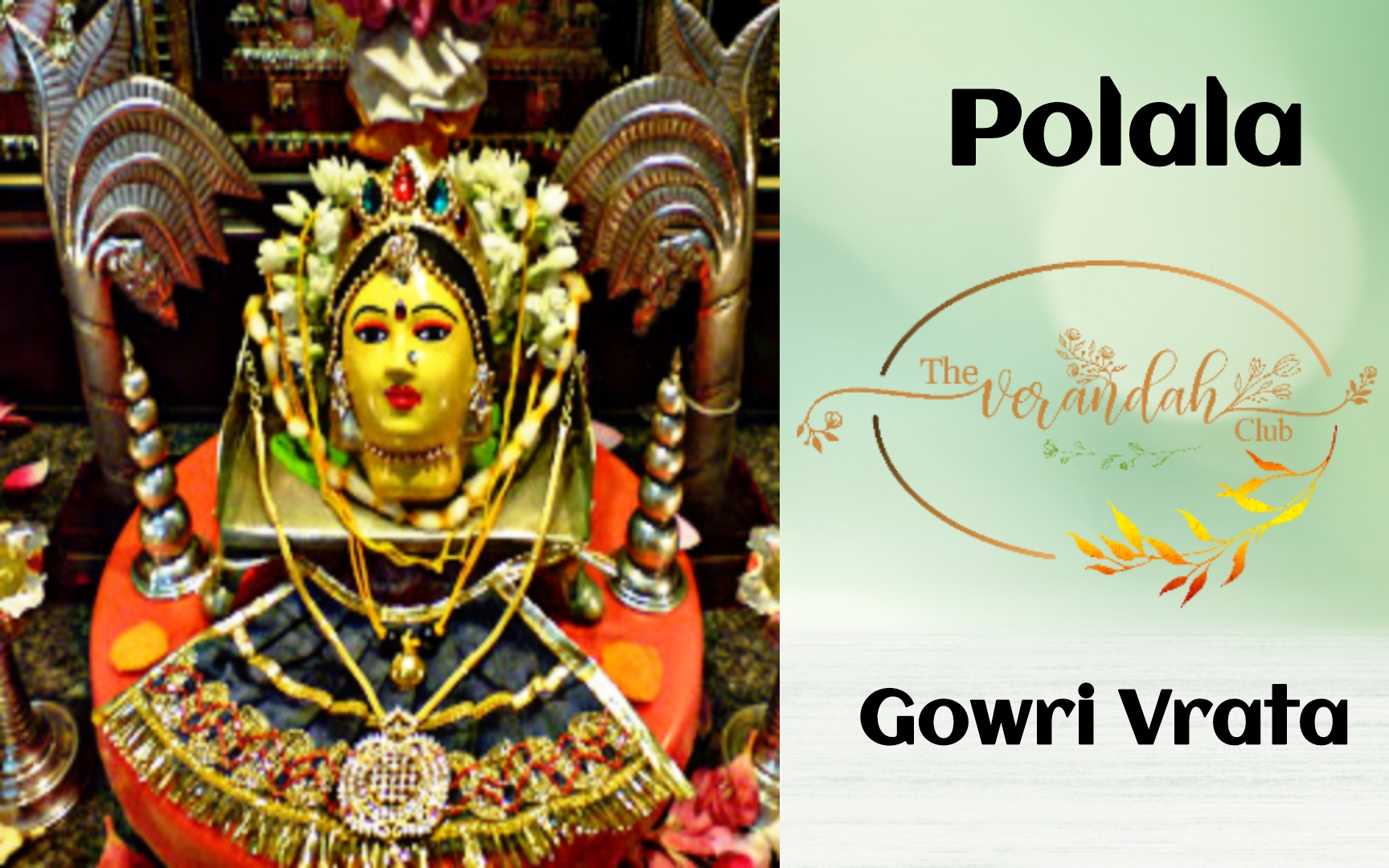
The Polala Gowri Vrata is connected with the wellbeing of the unmarried kids. The occasion helps the family to focus on the growth and prosperity of the kids at home. These kids would be presented with new clothes and jewellery. The occasion was kind of a recurring deposit. Some of the parents would have more kids than the others but each and every kid would receive the same gift. Sab ka sath, sab ka vikas (With everyone, everyone’s prosperity) approach was adopted by the entire family.
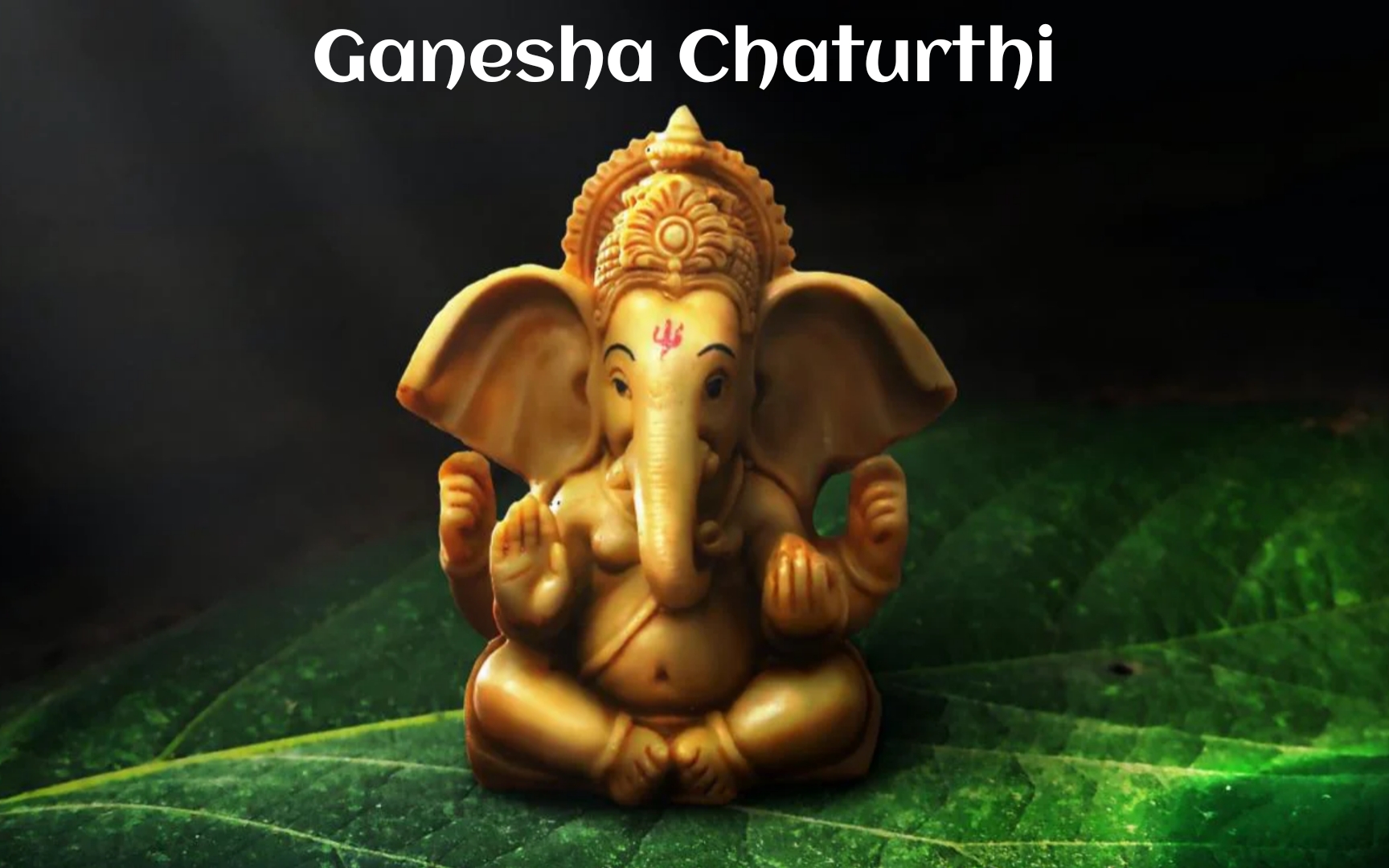
The Gowri Vrata was for the wellbeing of the married couples and this was followed by the Ganesha Chaturthi. Everybody faces obstacles in life and this festival was meant to help people get rid of their obstacles.
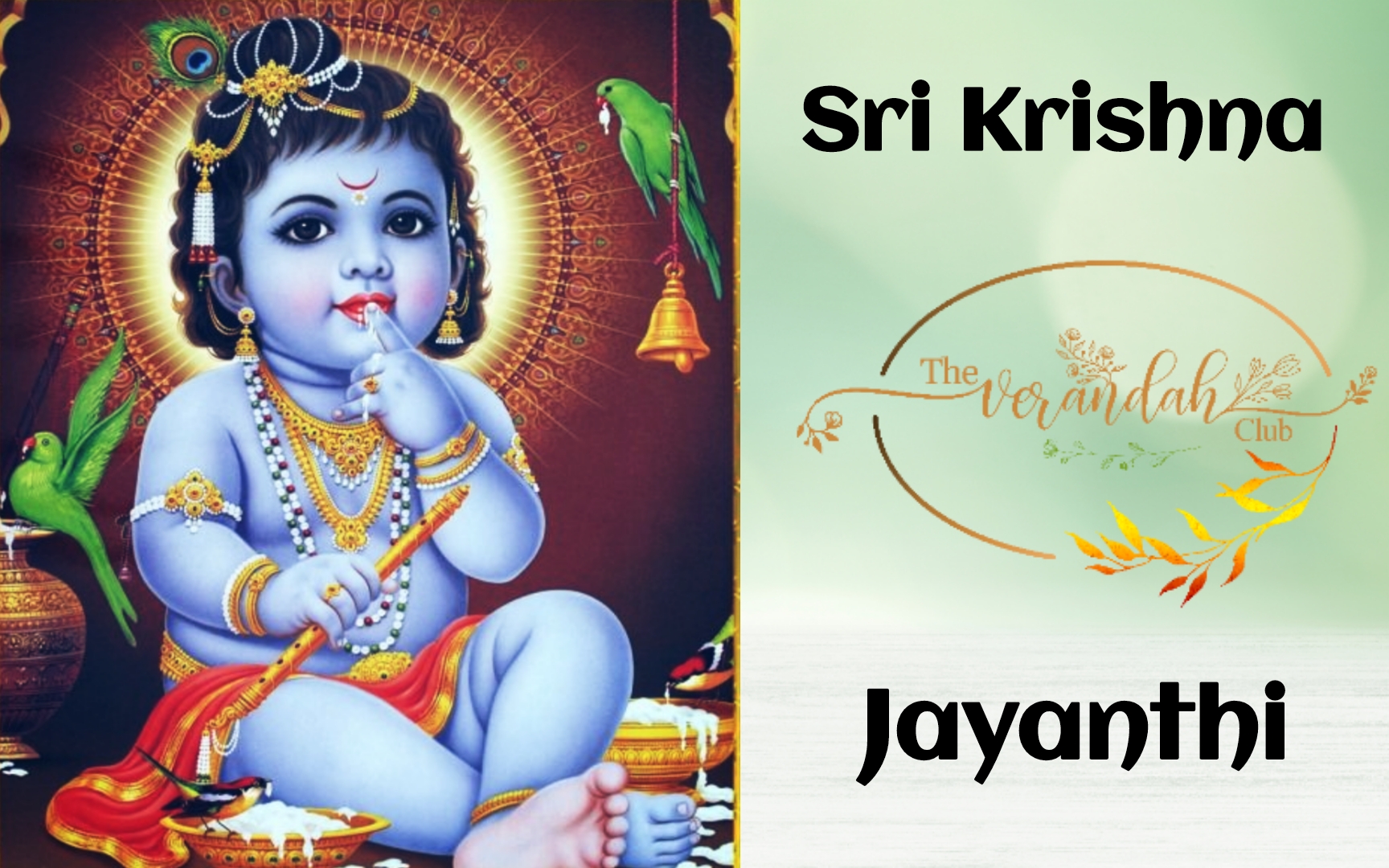
Sri Krishna Jayanthi is the opportunity to thank the supreme personality of godhead by celebrating his birthday. Sweets and savouries would be offered to the Little Krishna. The objective of Krishna jayanthi is develop an attachment towards the Lord, almighty. The best way to do so would be to get attached to God who is present in the form of a child. Do we not get attracted to every toddler? And this trait is brought out through this celebration in order to get attached to the divine toddler.
The festival season would usher in planning and discipline. It goes without saying that hard-work, sacrifice, and abstinence would be the best accompaniments. Festivals help the communities involved to nurture relationships. A cultural vibrancy and aesthetics will bring in a positive vibration. Maintenance of good health, hygiene would result in joy and contentment. The sharing of rewards and cultural exchanges will create a natural bond between one and all. Therefore, families get together and celebrate these festivals.
We must remember that our culture and tradition focuses enormously on the relationship between God, man, and the universe (Jivatma, Paramatma, and Prapancha). These festivals help us to discover the higher Self in each one of us by helping us to focus on the divine. The celebrations are but ancillary to this focus. They have been formatted and conducted for eons in order to ensure the material and spiritual progress of the adherence and their families.
NEXT ARTICLE